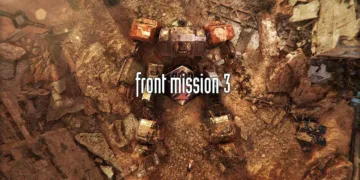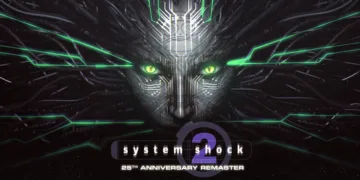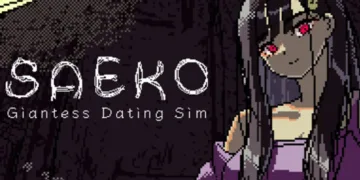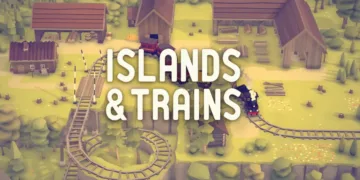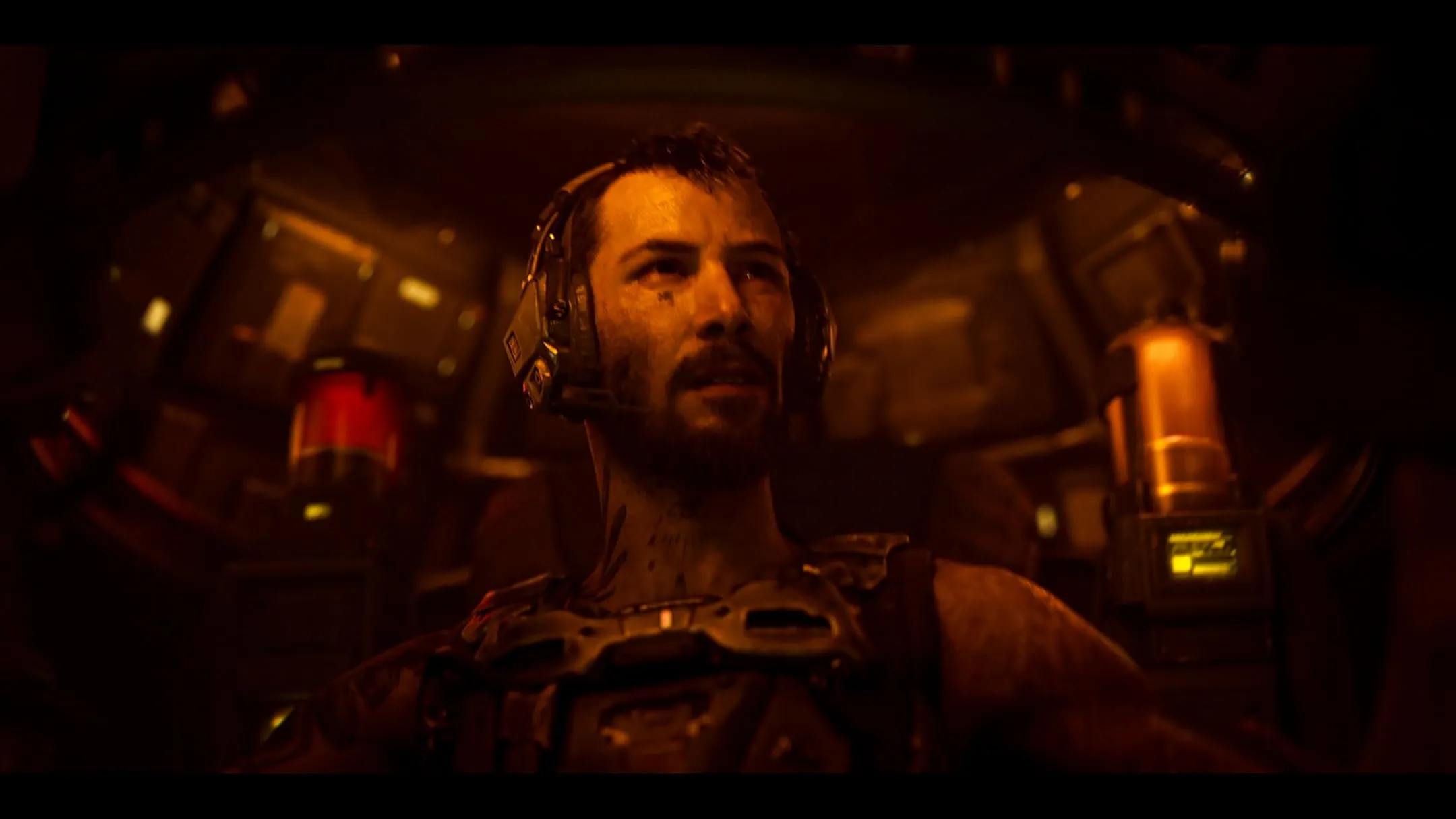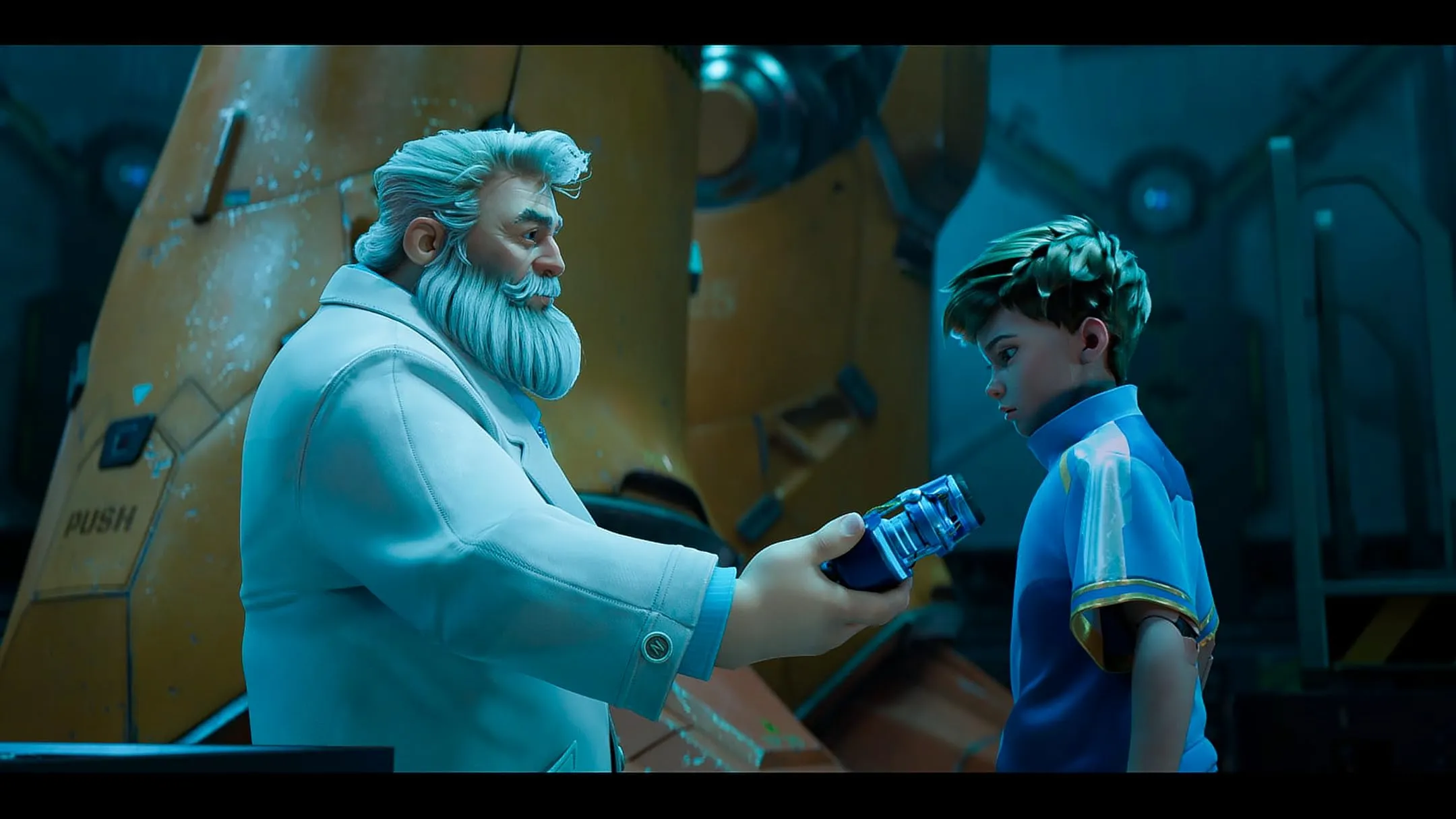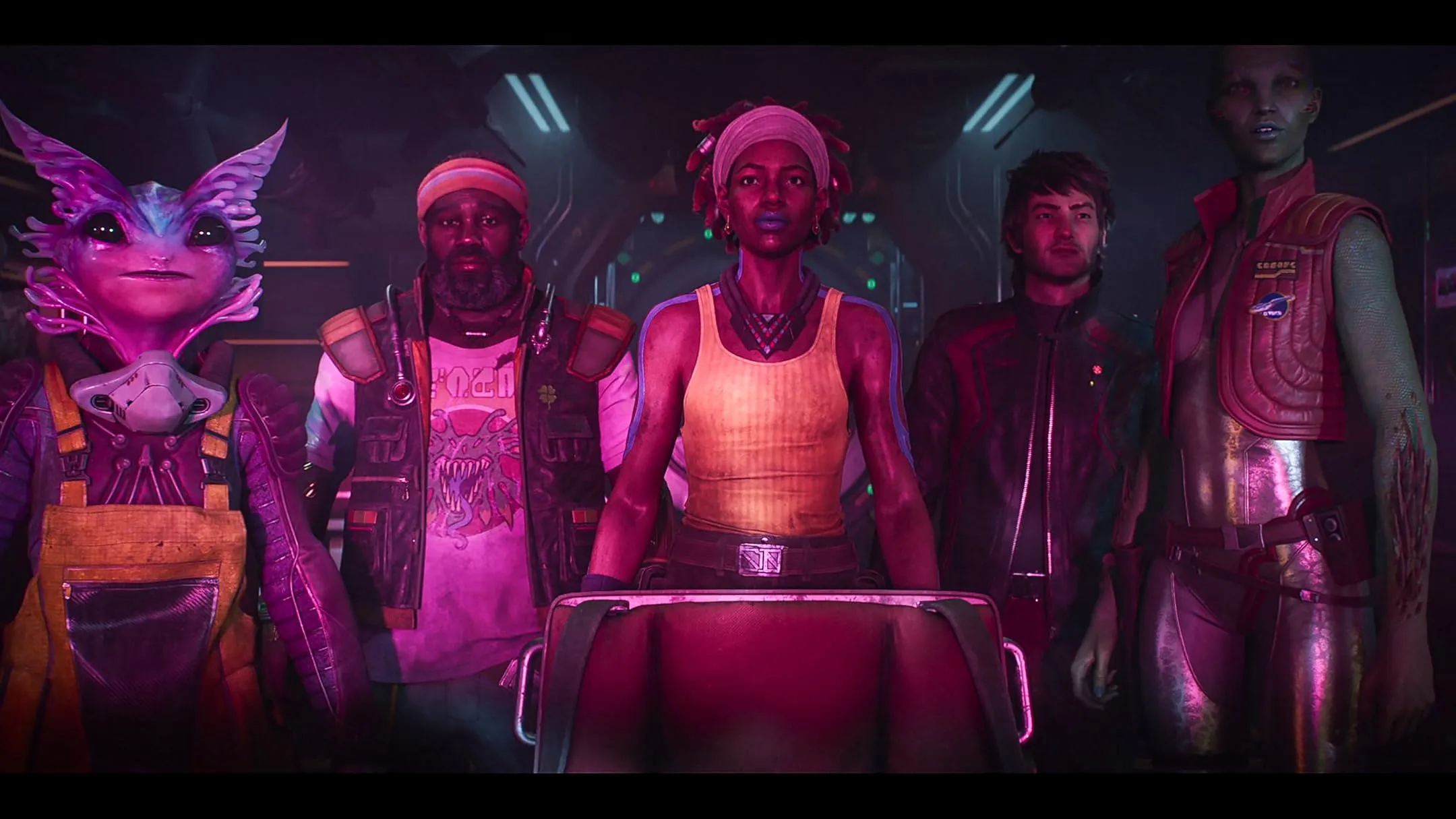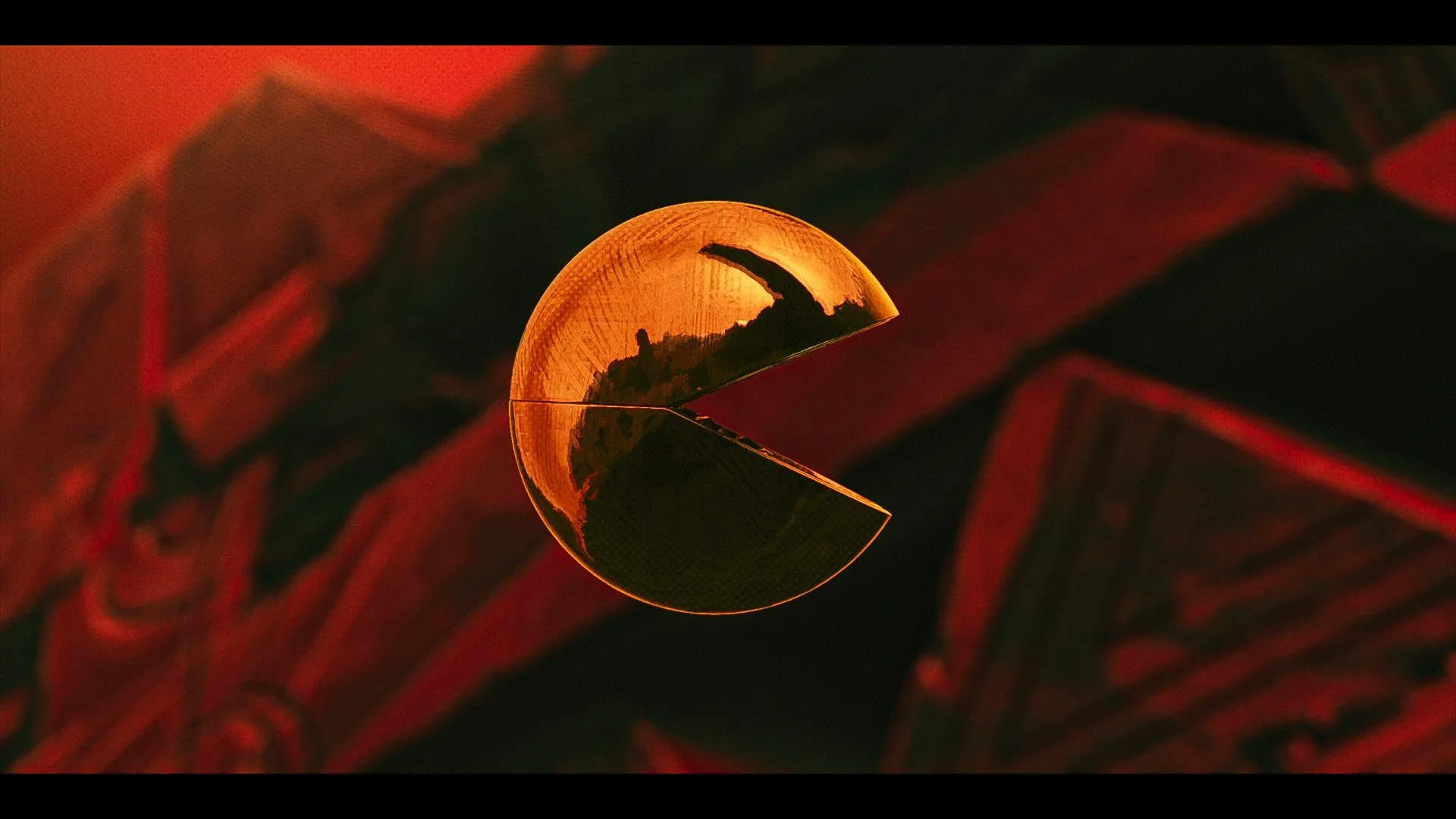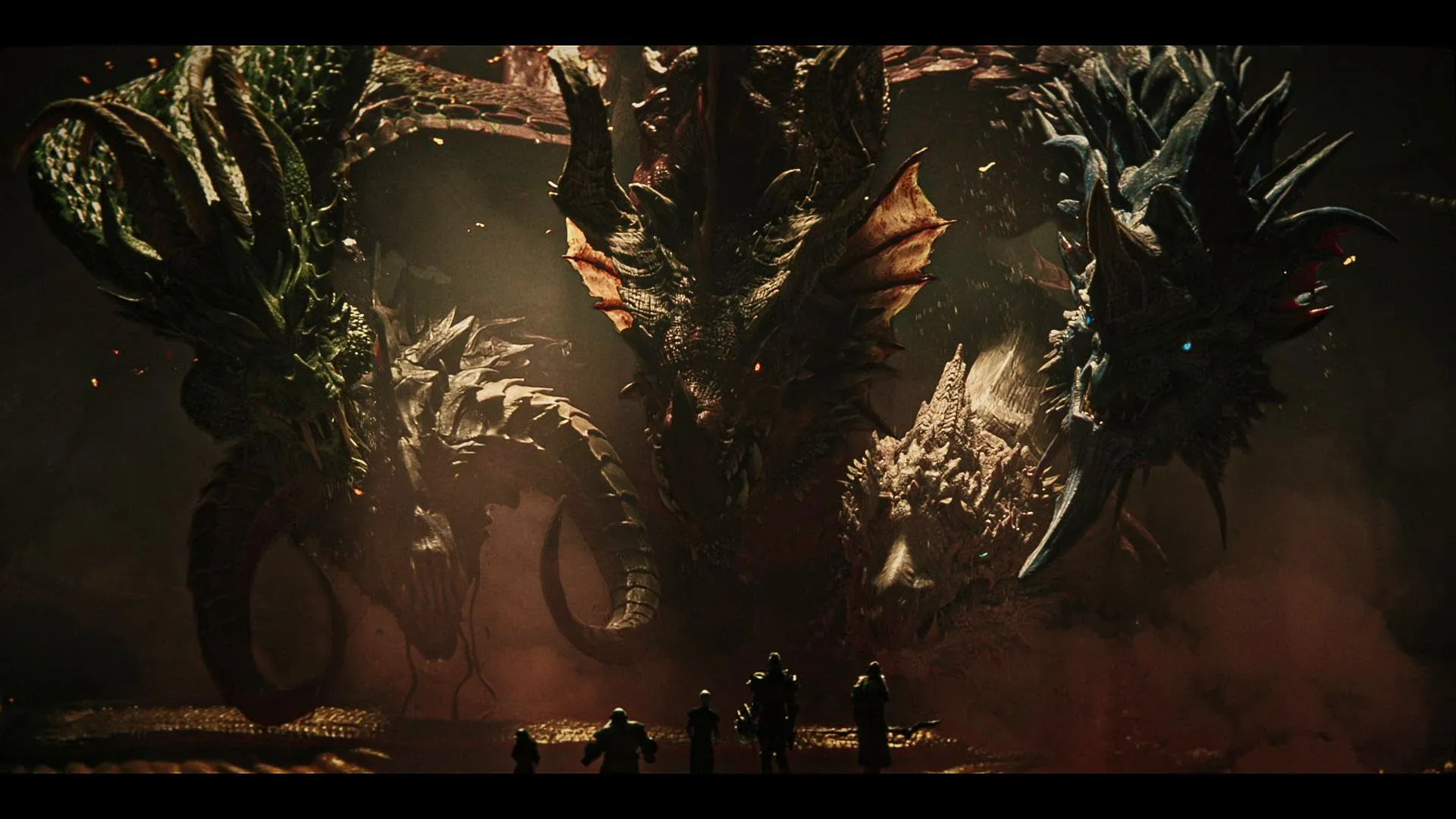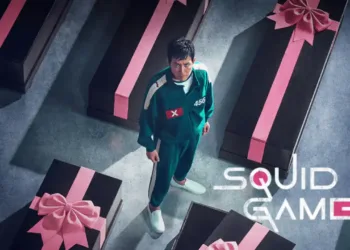Secret Level comes from Tim Miller’s inventive imagination, a figure whose previous works, like Love, Death, and Robots, indicate a desire to push animation boundaries. This new anthology series, produced by Amazon MGM Studios, is a daring study of iconic video game brands, a medium generally associated with interactivity, reinvented through the lens of animation.
What strikes me first is the ambition of this project: turning the visceral, player-driven storylines of games like Mega Man and Dungeons & Dragons into self-contained animated shorts. Miller and his crew appear to be inviting us to reconsider how we engage with these stories—no longer just players but passive spectators urged to reflect rather than react.
Each episode emerges like a fleeting notion, a spark of imagination that dances between nostalgia and innovation. The anthology format itself invites a certain rhythm. With the season’s episodes released in two batches, it feels almost like a curated gallery, with viewers able to pick and select their favourites, much like browsing an art collection.
While exciting, this episodic form presents concerns about continuity and emotional engagement. Can you connect with a brief narrative? Or does the anthology’s nature allow for a greater tapestry of experiences, where each story serves as a window into a familiar yet new world?
Fragments of Play: The Narrative Tapestry of Secret Level
The anthology structure in Secret Level is both liberated and unsettling, a double-edged sword that dances between the exhilarating and fleeting. Each episode is a self-contained narrative that invites viewers into distinctively constructed worlds, each echoing the essence of its particular game while providing something new.
This form depicts a world in which stories are experienced rather than communicated, refracting video games’ many elements into quick, colourful bursts of animation. One moment, you’re enjoying Mega Man’s playful chaos and the next, you’re transported to Sifu’s gloomy, contemplative depths.
I grapple with both exhilaration and uncertainty as I progress through these episodes. There’s a palpable delight in the variety—each story a distinct brushstroke on a wider canvas—but I can’t help but wonder: Does this kaleidoscopic approach weaken the emotional connection we often seek in storytelling? The themes presented span existential reflections in the sombre PAC-MAN: Circle to genuine companionship in Dungeons & Dragons: The Queen’s Cradle, illustrating the enormous landscape of human experience.
What strikes me is the importance of these standalone storylines. They demand our attention, compelling us to engage profoundly, even for a few minutes. The varied lengths and complexities of the episodes create a rhythm that can be both disorienting and invigorating. While some feel rushed, as if yearning for more time to breathe, some narratives unfold with the grace of a well-choreographed dance. Perhaps that is the beauty of these short bursts: they challenge our understanding of narrative depth, inviting us to find significance in the brevity and enjoy the snapshots of emotion and story long after the credits have rolled.
Canvas of Dreams: The Visual Symphony of Secret Level
I find myself lured into a kaleidoscope of animation methods that evoke a sense of wonder and nostalgia while exploring Secret Level. Each episode has its unique visual language, reflecting the variety of animation methods that bring these stories to life.
From the hyper-realism of Armored Core: Asset Management, in which Keanu Reeves directs a mech with a fascinating blend of grit and grace, to the whimsical, almost childlike style of Mega Man: Start, the series displays an astonishing range of artistic expression. It’s a visual feast, but I sometimes wonder if the animation will overpower the storytelling, becoming a dazzling distraction rather than a compliment.
However, as I reflect on this, I understand that the animation does more than just dazzle; it adds to each story’s emotional and philosophical richness. In PAC-MAN: Circle, the dark, twisted reworking of a familiar character turns the classic game’s joyful antics into a frightening exploration of survival and fear.
This striking contrast elevates the narrative, forcing us to grapple with uncomfortable themes long after the show ends. Similarly, the atmospheric choices in Dungeons & Dragons: The Queen’s Cradle create a rich tapestry of adventure and companionship, transporting viewers into the spirit of tabletop storytelling.
It’s fascinating to think about how animation, with its intrinsic stylization, influences our perceptions and emotional responses. As a viewer, I question my biases—am I too enamoured by the visual spectacle, allowing it to drive my engagement with the story? Or does the creative animation act as a bridge, connecting us to the narratives unfolding before us more profoundly? Each frame serves as a reminder that the graphics in this anthology are more than just an accessory; they are an essential element of the storytelling experience, inviting us to lose ourselves in the worlds they create.
Echoes of Resilience: The Emotional Landscape of Secret Level
As I progress through Secret Level, I can’t help but notice the repeating themes that run beneath the animated surface. In episodes like Sifu: It Takes a Life, where the protagonist’s dogged pursuit of vengeance symbolizes the struggle against personal demons and external challenges, resilience emerges as a heartbreaking thread.
This concept resonates well with my personal experiences; there is something inherently relatable about the effort to get back up after being struck down. It evokes a sense of empathy, inviting us to reflect on our fights, small and big.
Nostalgia pervades the series, frequently expressing a bittersweet yearning for simpler times. I find myself pulled into a flood of recollections when I explore familiar titles like Pac-Man and Mega Man—those carefree afternoons spent gaming and the thrill of discovery. However, this nostalgia is balanced by an awareness of how those early experiences shaped our understanding of storytelling. The animation masterfully captures this essence, frequently conveying a sense of warmth that contrasts dramatically with the harsher themes of conflict and survival.
Conflict, both personal and external, is prominent throughout the anthology. Episodes like Honor of Kings: The Way of All Things explore the complexities of cultural narratives and the struggles embedded within them, forcing us to confront the often unpleasant facts of existence. I grapple with my own biases in this section—does the entertainment value detract from the gravity of these themes? Or does it increase our engagement by allowing us to express challenging feelings in a secure, if magical, environment?
These themes resonate emotionally, forming connections long after the screen goes blank. They remind us that, despite the strange settings, the stories we read in Secret Level reflect our struggles, desires, and, ultimately, our common humanity. Each narrative, in its unique manner, invites us to reflect, remember, and feel, weaving a tapestry of experience as intricate and varied as life itself.
Fragments of Brilliance: Notable Episodes in Secret Level
While exploring the vibrant landscapes of Secret Level, certain episodes stand out from the anthology’s diverse offerings. One such gem is Pac-Man: Circle. This episode takes an audacious step forward, redesigning the iconic character in a way that transforms the familiar maze into a dangerous labyrinth of survival.
The animation here is surprisingly visceral, unlike the original game’s lighthearted tones. As I watched, I felt a genuine sense of anxiety, the stakes rising to new heights as Pac-Man transforms into a creature of instinct, navigating a hellscape where ghosts are no longer just obstacles but harbingers of death.
An unpleasant yet engaging investigation of dread and tenacity forces the audience to reconsider what it means to be prey in a predatory world. This episode resonates with my fears, echoing a common struggle against the overpowering forces that threaten to consume us.
On the other hand, sifu: It Takes a Life is captivating due to its combination of action and emotional depth. The choreography is a dance of violence and grace, emphasizing the protagonist’s journey of anguish and salvation.
Each fight feels like a meditation on the cost of vengeance; each loss is more than simply a physical defeat; it’s also a lesson in humility. I reflect on moments of resilience, the times I’ve had to get back up after falling, and the emotional toll that such resilience exacts. This episode exemplifies the bittersweet nature of growth, as every win frequently comes at the sacrifice of something valuable.
However, not all episodes reach these heights. Honour of Kings: The Way of All Things is visually spectacular. However, it feels more like a promotional piece than a completely realized narrative. It lacks the emotional weight that distinguishes the best entries, frequently falling victim to the traps of brand-driven character telling. I fight with my expectations, questioning whether my disappointment originates from a predisposition against overt commercialism or simply a desire for storytelling depth.
Similarly, Crossfire: Good Conflict struggles to find its footing, offering an action-packed narrative that flirts with intricacy but ultimately feels disconnected. The attempts at moral complexity are admirable, but I find myself distant, unable to invest in characters who feel more like archetypes than people. This disparity between exceptional episodes and those that fall short emphasizes the inherent hazards of the anthology format—while some narratives soar, others feel like mere echoes of what could have been.
In reflecting on these episodes, I find myself both enamoured and dissatisfied, locked in a dance between admiration for the artistry on exhibit and a yearning for deeper engagement. It serves as a reminder that, even within a single series, the spectrum of storytelling may be as varied as the games that inspired it. Each episode, whether a success or a failure, adds to a bigger discussion about what it means to adapt, innovate, and connect through animation.
Navigating the Spectrum: Secret Level and Its Audience
When considering Secret Level’s target audience, it’s evident that the series is largely aimed at gamers and animation fans alike. This dual demography is not coincidental; the creators have created a tapestry that weaves together the rich mythology of beloved video games and the visual freedom of animation.
There is an innate nostalgia for gamers, an emotional attachment to the characters and worlds that have shaped their experiences. For animation fans, the series showcases a variety of styles and new storytelling strategies, inviting them to explore the medium’s possibilities.
However, I wonder how important it is to be familiar with the original material in order to enjoy the series more fully. While Secret Level can be enjoyed independently, those familiar with the characters’ backstories and thematic complexities of the games can appreciate the nuances and emotional weight of specific episodes.
Viewers who approach the series without understanding the games may find themselves adrift, missing the layers of meaning that resonate more profoundly for those versed in gaming culture. This raises concerns regarding the nature of adaptation: should art try to be broadly relatable, or is it sufficient if it speaks personally to a specific audience?
Future Horizons: The Promise of Secret Level
As I reflect on Secret Level, I’m struck by its ambitious blend of artistry and nostalgia. This series both celebrates and examines the essence of video game storytelling. Its strengths lie in its vivid animation and daring examination of numerous themes, ranging from resilience to conflict.
Episodes like PAC-MAN: Circle and Sifu: It Takes a Life are examples of animated adaptations’ potential, showcasing emotional elements that resonate with both gamers and newbies. However, this anthology is not without flaws. Some episodes flounder, feeling more like promotional vehicles than fully completed narratives, leaving me to wonder if they will alienate viewers seeking content alongside spectacle.
When I think about Secret Level’s cultural relevance, I can’t help but imagine what might happen in future seasons. A vast world of games is still to be discovered, each with rich narratives and complexities that may enhance this genre. The series is poised to redefine how we engage with these stories and is at a crossroads in the video game adaptation landscape.
It has the potential to entertain and spark deeper discussions about the intersection of gaming and narrative art. As I consider the future, I find myself optimistic—can this series continue to improve, preserving the spirit of gaming while pushing the limits of animation? It’s an enticing prospect that might cement Secret Level’s place as a staple of modern adaptations.
The Review
Secret Level
Secret Level emerges as a daring and artistically appealing anthology that brilliantly celebrates the varied worlds of video games while grappling with themes of resilience and nostalgia. While some episodes are filled with emotional depth, others go into promotional areas, leaving a mixed impression. Nonetheless, the series has great potential for further development, making it a notable addition to the landscape of animated adaptations.
PROS
- Diverse animation styles that showcase artistic creativity.
- Engaging themes such as resilience, nostalgia, and conflict.
- Standout episodes that offer emotional depth and unique storytelling.
- A fresh approach to video game adaptations, appealing to both gamers and animation enthusiasts.
CONS
- Inconsistent quality among episodes, with some feeling like promotional content.
- Reliance on prior gaming knowledge for full appreciation.
- Some narratives lack depth or emotional engagement.
- The anthology format can lead to a disjointed viewing experience.

































